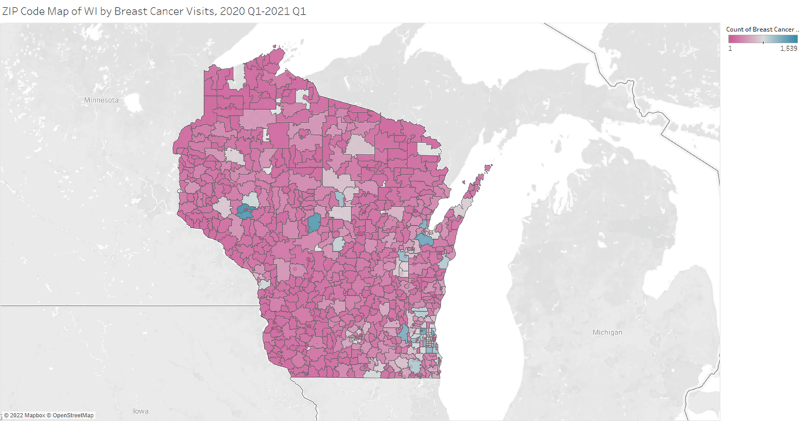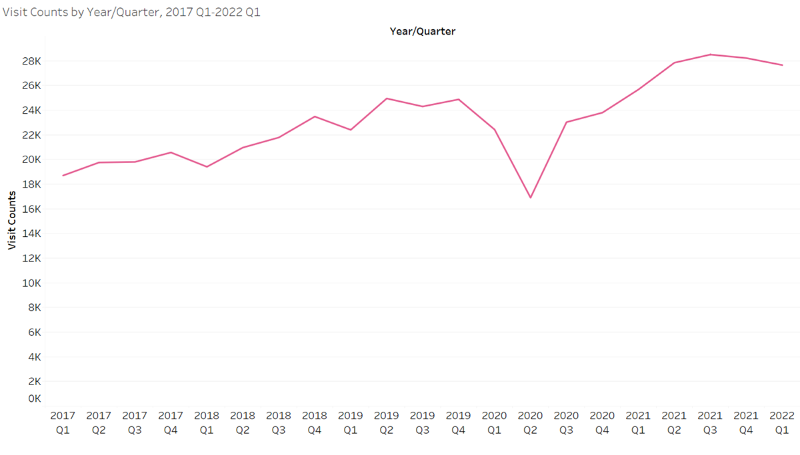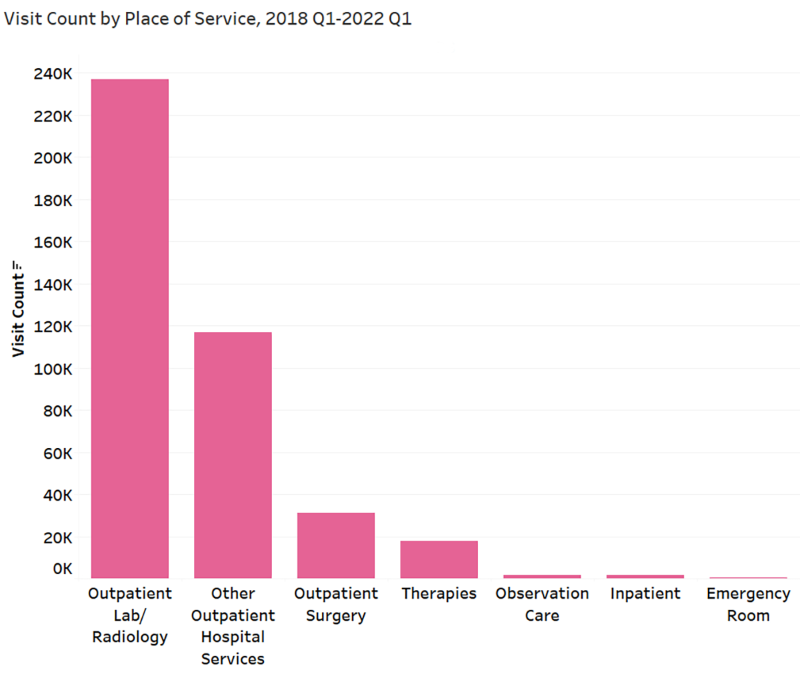Vol. 66, Issue 40
View more issues of The Valued Voice
Sign Up for WHA's Newsletter
Click here to view past issues
IN THIS ISSUE
- WHA Inaugural Workforce Forum Provides Participants with Workforce Tools and Strategies
- Helping Wisconsin “Grow Our Own” Physicians
- Community Benefits Stories Due for 2022 Report
- President Biden Signs Continuing Resolution Including Funding for Medicare Dependent and Low Volume Hospitals
- Fast Facts from the WHA Information Center: October is Breast Cancer Awareness Month
- Substance Use Disorders Management Boot Camp a Success
EDUCATION EVENTS
Dec. 16, 2025
Common Hospital DeficienciesJan. 14, 2026
Caring for Wisconsin’s Caregivers Well-Being First Champion Challenge for Credentialing KickoffJan. 28, 2026
2026 WHA Health Care Leadership AcademyClick here to view education event calendar
View more issues of The Valued Voice
Sign Up for WHA's Newsletter
Thursday, October 6, 2022
Fast Facts from the WHA Information Center: October is Breast Cancer Awareness Month
According to the National Breast Cancer Foundation, in 2022 there will be an estimated 287,000 new invasive breast cancer diagnoses in the United States. One in eight women will be diagnosed with breast cancer in her lifetime. Outside of skin cancer, breast cancer is the most diagnosed form of cancer in women. It also is the second leading cause of cancer death in women. The rate of invasive breast cancer (per 100,000 women) in Wisconsin is 133 cases. The state with the highest rate is New Hampshire with a rate of 143 new cases. There are roughly 3.8 million breast cancer survivors living in the U.S. And while it is rare, men are also diagnosed with breast cancer. In 2022, it is estimated that almost 3,000 men in the U.S. will be diagnosed with breast cancer. October is known as Breast Cancer Awareness Month to increase education and raise funds for research.

The WHA Information Center analyzed data from 2017-2022 for breast cancer visits. The place of service with the highest visit count is other lab services followed by other outpatient visits. In the timeline chart, there is a definite drop during when stay-at-home orders were in place for COVID-19. Since then, there is a steep increase in visits since the second quarter of 2020. The average age of a patient is 62 years old. While most patients seen for breast cancer are female, there is about one percent of claims that are visits seeing a male patient. The majority of patients were seen in outpatient lab and radiology visits followed by other outpatient services.

Below are some common myths about breast cancer from the National Breast Cancer Foundation:


The WHA Information Center analyzed data from 2017-2022 for breast cancer visits. The place of service with the highest visit count is other lab services followed by other outpatient visits. In the timeline chart, there is a definite drop during when stay-at-home orders were in place for COVID-19. Since then, there is a steep increase in visits since the second quarter of 2020. The average age of a patient is 62 years old. While most patients seen for breast cancer are female, there is about one percent of claims that are visits seeing a male patient. The majority of patients were seen in outpatient lab and radiology visits followed by other outpatient services.

Below are some common myths about breast cancer from the National Breast Cancer Foundation:
- Myth: Finding a lump in your breast means that you have breast cancer.
- Myth: A mammogram can cause breast cancer to spread.
- Myth: If you have a family history of breast cancer, you are likely to develop breast cancer, too.

Vol. 66, Issue 40
Thursday, October 6, 2022
Fast Facts from the WHA Information Center: October is Breast Cancer Awareness Month
According to the National Breast Cancer Foundation, in 2022 there will be an estimated 287,000 new invasive breast cancer diagnoses in the United States. One in eight women will be diagnosed with breast cancer in her lifetime. Outside of skin cancer, breast cancer is the most diagnosed form of cancer in women. It also is the second leading cause of cancer death in women. The rate of invasive breast cancer (per 100,000 women) in Wisconsin is 133 cases. The state with the highest rate is New Hampshire with a rate of 143 new cases. There are roughly 3.8 million breast cancer survivors living in the U.S. And while it is rare, men are also diagnosed with breast cancer. In 2022, it is estimated that almost 3,000 men in the U.S. will be diagnosed with breast cancer. October is known as Breast Cancer Awareness Month to increase education and raise funds for research.

The WHA Information Center analyzed data from 2017-2022 for breast cancer visits. The place of service with the highest visit count is other lab services followed by other outpatient visits. In the timeline chart, there is a definite drop during when stay-at-home orders were in place for COVID-19. Since then, there is a steep increase in visits since the second quarter of 2020. The average age of a patient is 62 years old. While most patients seen for breast cancer are female, there is about one percent of claims that are visits seeing a male patient. The majority of patients were seen in outpatient lab and radiology visits followed by other outpatient services.

Below are some common myths about breast cancer from the National Breast Cancer Foundation:


The WHA Information Center analyzed data from 2017-2022 for breast cancer visits. The place of service with the highest visit count is other lab services followed by other outpatient visits. In the timeline chart, there is a definite drop during when stay-at-home orders were in place for COVID-19. Since then, there is a steep increase in visits since the second quarter of 2020. The average age of a patient is 62 years old. While most patients seen for breast cancer are female, there is about one percent of claims that are visits seeing a male patient. The majority of patients were seen in outpatient lab and radiology visits followed by other outpatient services.

Below are some common myths about breast cancer from the National Breast Cancer Foundation:
- Myth: Finding a lump in your breast means that you have breast cancer.
- Myth: A mammogram can cause breast cancer to spread.
- Myth: If you have a family history of breast cancer, you are likely to develop breast cancer, too.

IN THIS ISSUE
- WHA Inaugural Workforce Forum Provides Participants with Workforce Tools and Strategies
- Helping Wisconsin “Grow Our Own” Physicians
- Community Benefits Stories Due for 2022 Report
- President Biden Signs Continuing Resolution Including Funding for Medicare Dependent and Low Volume Hospitals
- Fast Facts from the WHA Information Center: October is Breast Cancer Awareness Month
- Substance Use Disorders Management Boot Camp a Success

